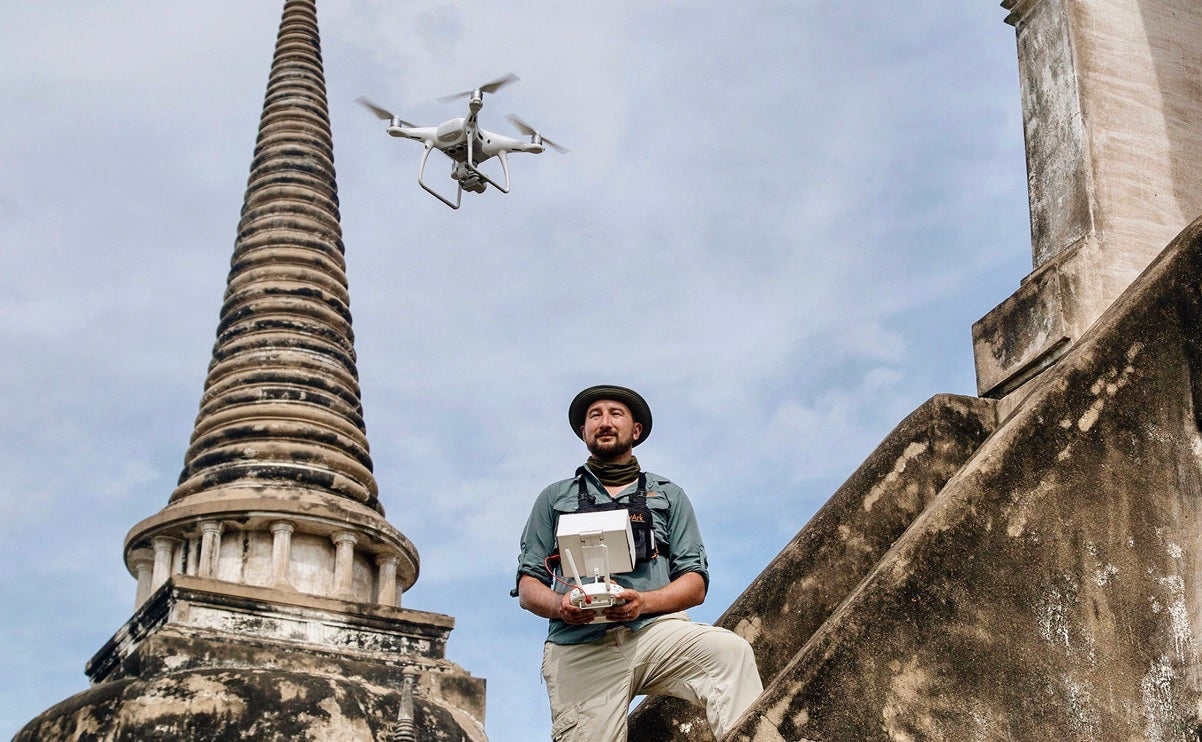Taliban destruction inspires Google virtual reality museum preserving Wonders of the World
Famous landmarks already mapped include the Parthenon in Greece, Chichén Itzá in Mexico and Petra in Jordan

Your support helps us to tell the story
From reproductive rights to climate change to Big Tech, The Independent is on the ground when the story is developing. Whether it's investigating the financials of Elon Musk's pro-Trump PAC or producing our latest documentary, 'The A Word', which shines a light on the American women fighting for reproductive rights, we know how important it is to parse out the facts from the messaging.
At such a critical moment in US history, we need reporters on the ground. Your donation allows us to keep sending journalists to speak to both sides of the story.
The Independent is trusted by Americans across the entire political spectrum. And unlike many other quality news outlets, we choose not to lock Americans out of our reporting and analysis with paywalls. We believe quality journalism should be available to everyone, paid for by those who can afford it.
Your support makes all the difference.The destruction of 1,500-year-old Buddhist statues at the hands of the Taliban in 2001 has sparked a virtual reality conservation project that now has the backing of Google.
The Open Heritage project aims to recreate historical monuments around the world in virtual reality in order to digitally preserve landmarks in the event they’re destroyed by war, natural disaster or gradual erosion.
Initially started by the non-profit CyArk, the project received support from Google Arts & Culture to bring the collections of heritage sites online.
“With modern technology, we can capture these monuments in fuller detail than ever before, including the colour and texture of surfaces and the geometry captured by laser scanners with millimeter precision in 3D,” Chance Coughenour, program manager of Google Arts & Culture, said in a blogpost.
“These detailed scans can also be used to identify areas of damage and assist restoration efforts.”
After watching the Bamiyan statues in Afghanistan being destroyed on TV, CyArk founder Ben Kacyra began digitally recording monuments so that they could be preserved for future generations.
Since founding CyArk in 2003, the non-profit has now recorded over 200 monuments on all seven continents. By sharing them in virtual reality, Kacyra hopes to convey the scale and wonder of the landmarks.
“We strive to share this data in powerful ways, including truly immersive experiences in virtual reality that convey the power of these places, transporting users that may never have a chance to experience them and inspiring others to make the journey,” CyArk explains on its website.
Famous landmarks already mapped by CyArk’s technology include the Parthenon in Greece, Chichén Itzá in Mexico, Petra in Jordan, Mount Rushmore National Memorial in the United States and the Sydney Opera House in Australia.
Join our commenting forum
Join thought-provoking conversations, follow other Independent readers and see their replies
Comments